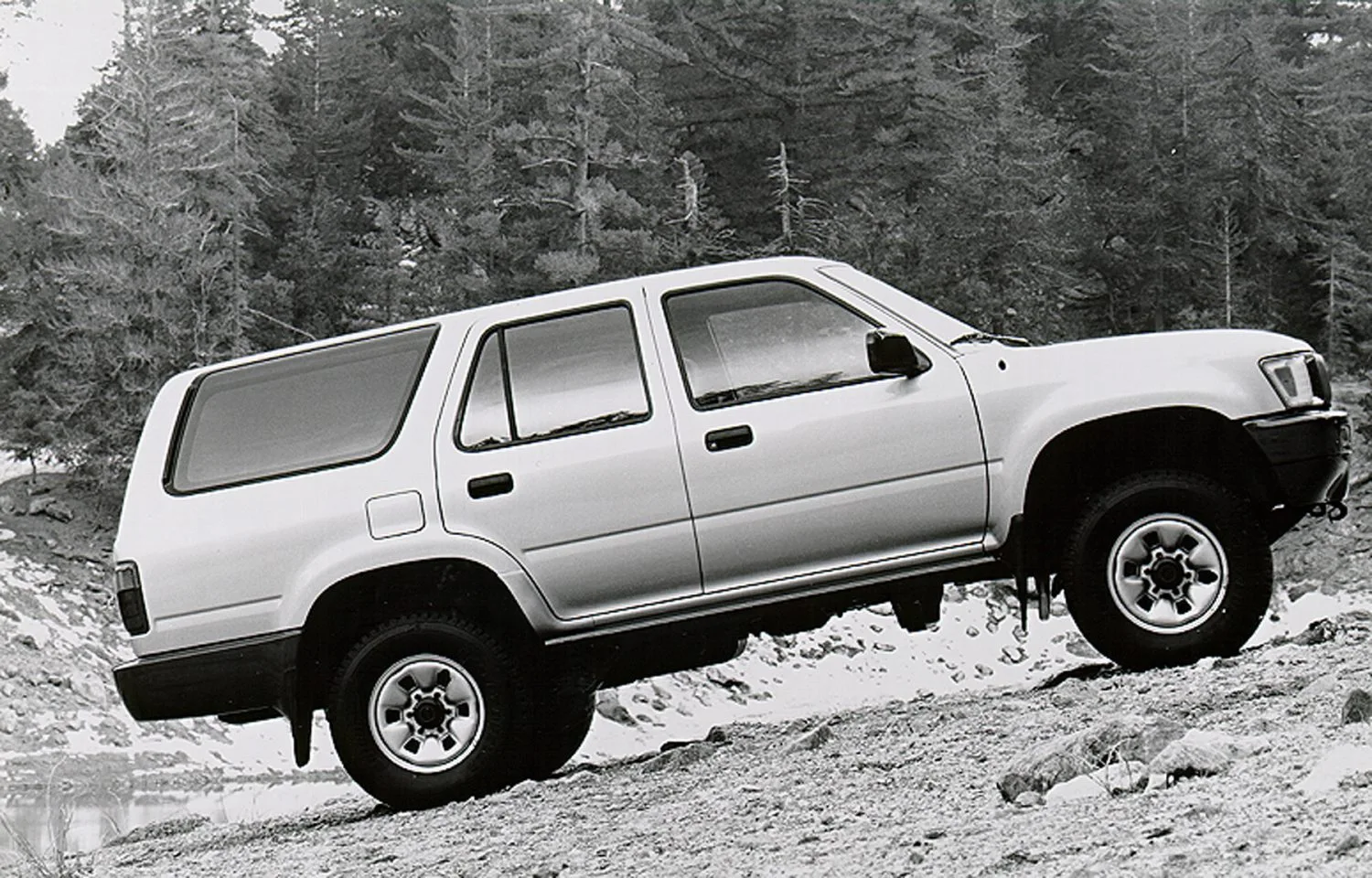Your cart is currently empty!

5 Common Problems With The 2nd-Gen 1990 – 1995 Toyota 4Runner
The Toyota 4Runner is among the most robust and reliable SUVs ever made. It has been an all-time SUV for all seasons, thanks to its powerful engines, towing capacity, and offroad capabilities. Even in classic guise, it’s hard not to fall in love with the 4Runner. But despite being a successful SUV of our time, the 4Runner comes from humble beginnings. After an amazing first-generation 4Runner run, which had its fair share of problems, Toyota released the second-generation 4Runner in 1990. Carrying on from the predecessor, the newer iteration brought improvements to the 4Runner lineup until its discontinuation in 1995. Even though the SUV had its upsides, like the wide engine range and two body styles, there were some common problems with the 2nd-Gen 1990 – 1995 Toyota 4Runner.
The problems with the 2nd-Gen 1990 – 1995 Toyota 4Runner range from shift solenoids to engine head gasket failures. Read on to learn about the Second-Gen 4Runner Common Problems.
1. Engine Head Gasket Failures
The head gasket failures were one of the most serious problems with the second-generation 4Runner. These cars were offered with a 3.0L V6 engine or a 2.4L four-cylinder engine, both of which had a history of head gasket issues. This can result in an overheated engine and even damage to the engine. The worst part about the head gasket issue is that it can not be avoided via maintenance. But, of course, it’s always good to be aware. Overheating is just one of the signs of a blown head gasket. Keep an eye out for visible tailpipe smoke and milky Build-Up Under Oil Cap.
2. Shift Solenoids
The automatic transmission was another major issue with the second-generation 4Runner. The four-speed automatic transmission (A340F) on these cars was known to have problems with the shift solenoids. If not corrected immediately, this could result in irregular shifting or possibly transmission failure.
3. Suspension Issues
These vehicles’ suspension systems were similarly prone to failure. The front ball joints were notorious for wearing out quickly, resulting in clunking noises, vibrations, and even steering concerns. Furthermore, it was known that the rear suspension would eventually droop, resulting in a bumpy ride and less capacity for goods.
4. Cracking Dashboard
Interior difficulties arose with the second-generation 4Runner as well, with cracked dashboards and seat upholstery being widespread. The air conditioning system on these vehicles was also known to malfunction, with compressor failure being a common concern.
5. Power Steering Problem
Power steering is another typical issue with the second-generation Toyota 4Runner. Some potential issues with your power steering system, such as running out of power steering fluid or having a damaged power steering belt, are simple to fix. A little bit more complicated issues include a damaged steering rack, among others.
Despite these regular issues, the second-generation Toyota 4Runner remained a capable and dependable vehicle. These cars could give their owners many years of trouble-free driving and off-road experiences if they receive the right maintenance and care. That said, if you plan on picking one from the wide used car market, expect to pay around $13,561 for a second-generation 1990 – 1995 Toyota 4Runner in 2024, according to Classic.
Author Details

Our Team
Hi there! Welcome to Flagship Drive.
I’m Wilfred Nkhwazi, a passionate car lover from Africa. I created this platform to share expert insights, honest reviews, and a fresh perspective on the latest cars and automotive trends. Let’s hit the road together.
Advertisement

Recent News

